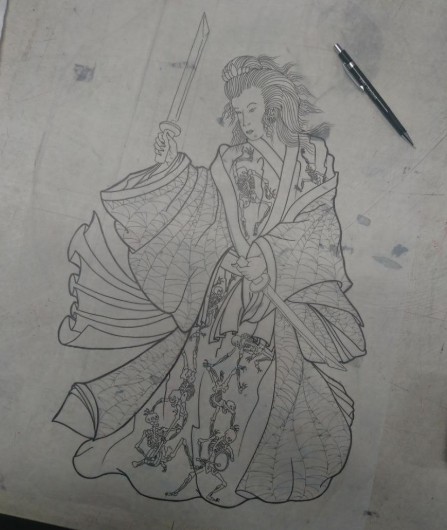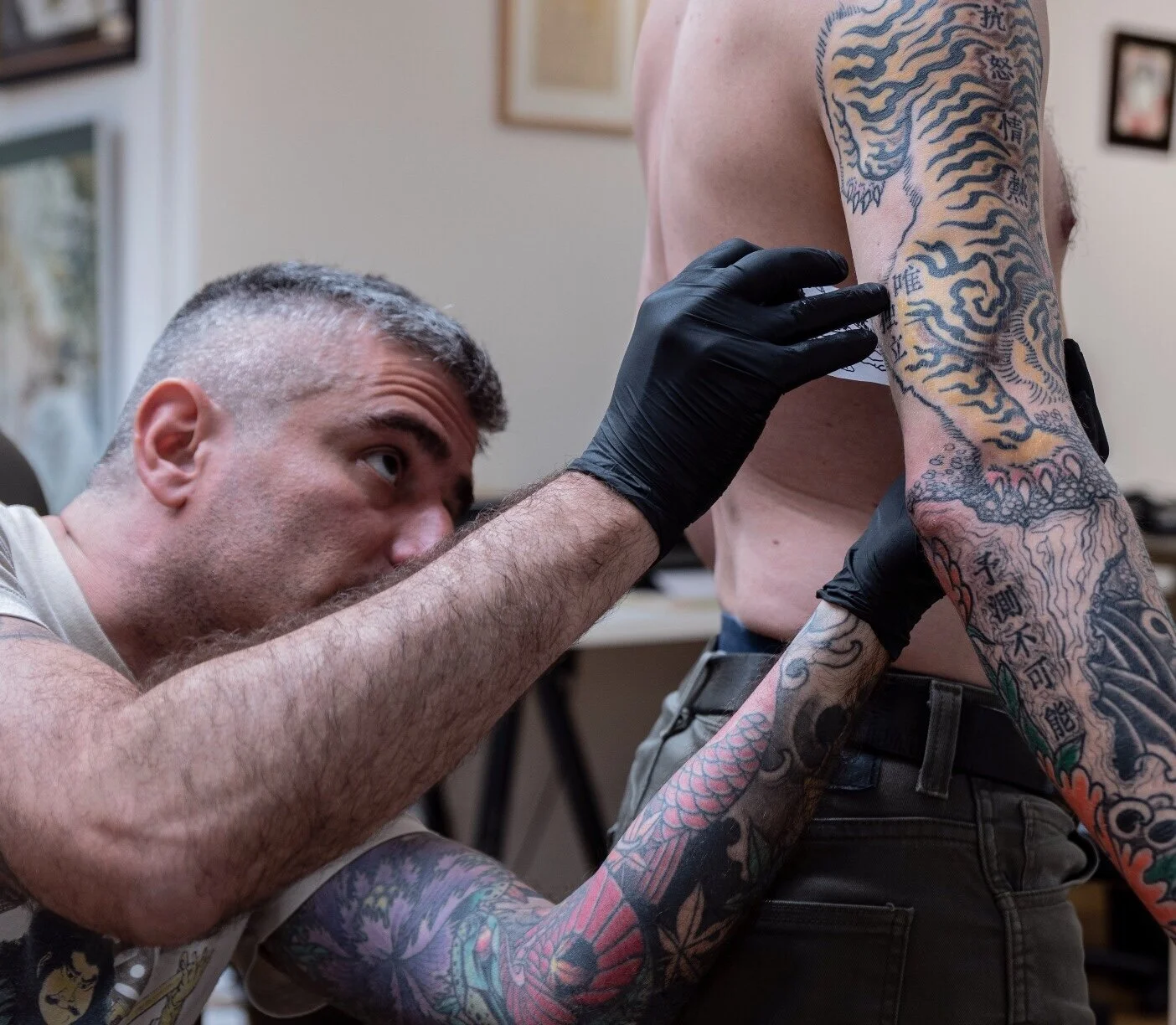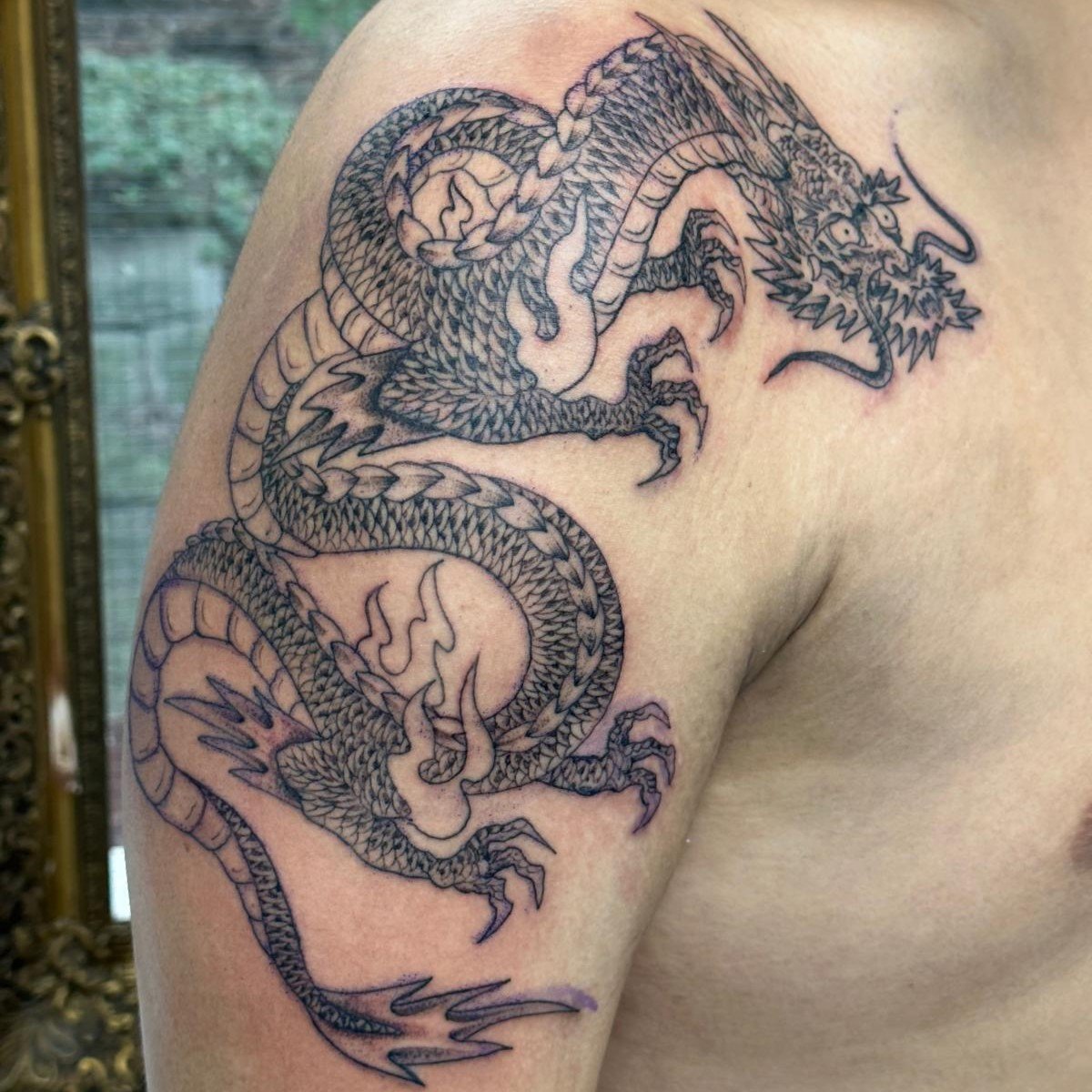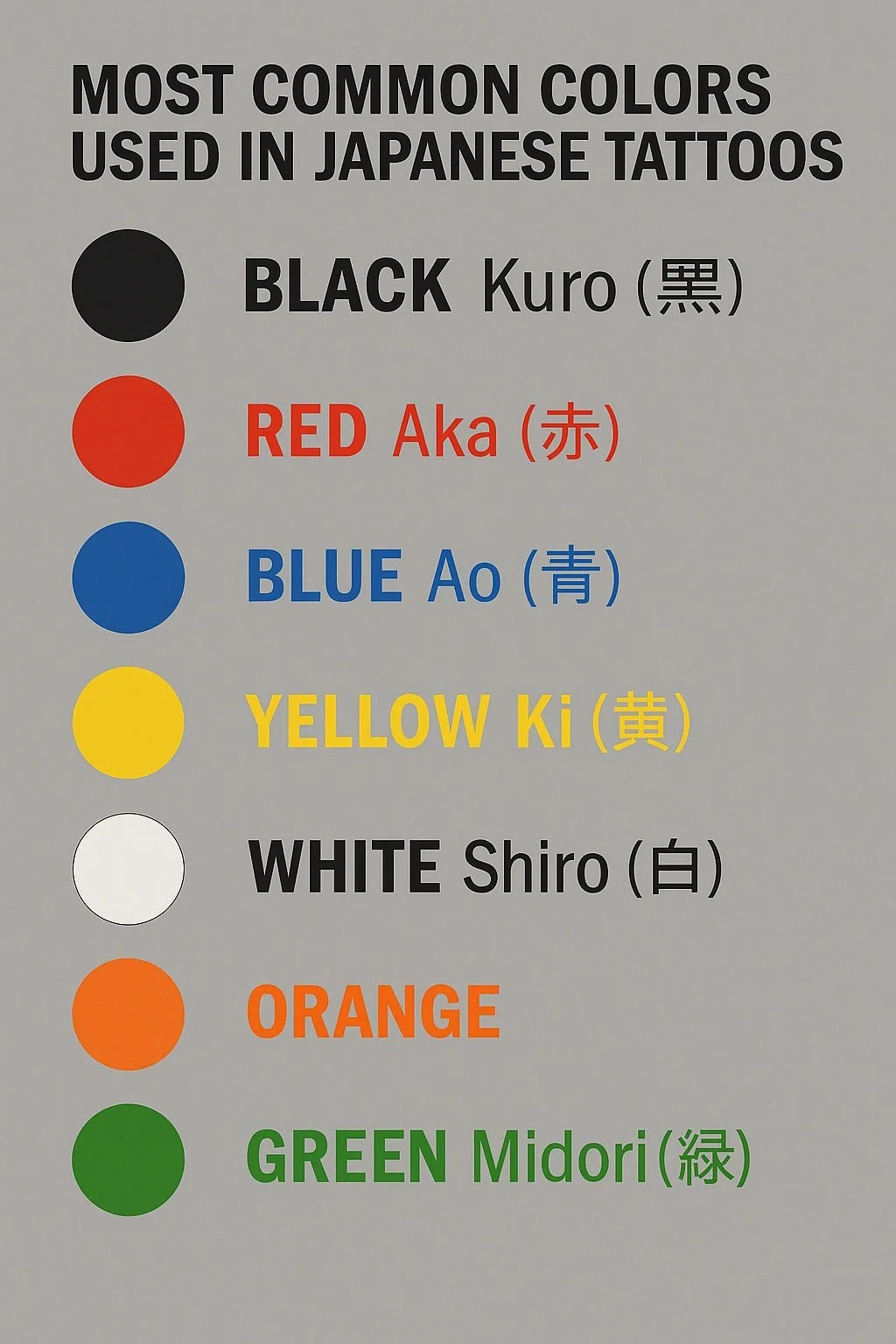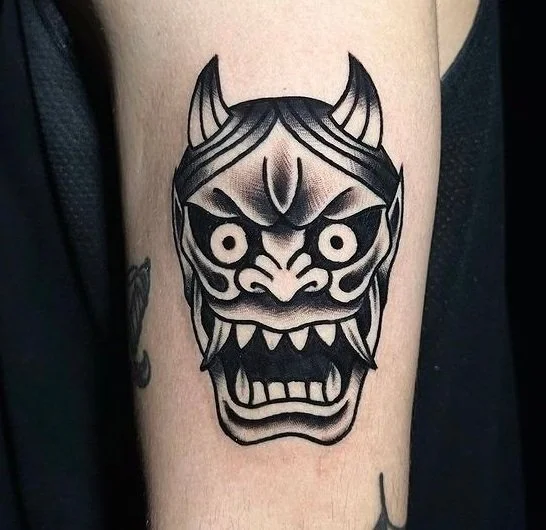Japanese tattoos
A little history
The Japanese tattoo style is one of the oldest tattoo styles tracing back to around 10,000 BC. Initially being used for ritual or status purposes, at a later stage tattoo marks began to be placed on criminals as a punishment. Many early tattoo artists in Japan were also woodblock carvers. Japanese tattoo designs usually take a lot of inspiration from woodblock prints (xylography) depicting various subjects, like mythical creatures, stories from history, and everyday life scenes. For many years, tattooing was illegal in Japan. It wasn't until 1948 that tattooing became legal. Tattoos were seen as a sign of criminality, often linked to the Yakuza, the Japanese mafia. Nowadays, younger people in Japan are starting to accept tattoos more, but they still face some resistance and are not fully accepted by society.
Japanese tattoos artist
If you're interested in Japanese tattoos, check out the amazing work below of Anibal Fernandez, the founder of Antiek Tattoo. He specializes in this art form, and his Koi Fish designs have even won awards! You can learn more about Anibal and his unique style on his resident artist page. If you're a fan of Japanese tattoos and thinking about getting one, don't hesitate to contact him. Anibal is also skilled in cover-ups and freehand designs!
In traditional Japanese tattoos, color is very important both for its meaning and its beauty. The colors used are vibrant and carefully chosen, reflecting the rich history of Japanese art, especially styles like ukiyo-e woodblock prints.
Common colour combinations are
Red & Black are often used in Hannya Masks (Power and Contrast)
Blue & White are often used to for Water (Waves) and air elements (Purity & Stability)
Green & Gold: Prosperity in nature & Renewal (e.g., dragons or phoenixes)
Multicolor: Full-back pieces often use vibrant contrasts for maximum visual impact and narrative depth
most common colors used in japanese tattoos
Japanese tattoos symbols
Japanese tattoo symbols, particularly in the traditional style known as Irezumi, are rich in meaning and cultural significance. Each symbol is chosen not only for how it looks but also for the deeper message it carries. These tattoos often represent personal qualities, dreams, or beliefs, connecting the wearer to their heritage and spiritual beliefs.
Hannya Mask: A jealous female demon, symbolizing complex emotions like rage, sorrow, or vengeance—but also protection from evil.
Geisha or Samurai: Often represent ideals of beauty, discipline, loyalty, or inner strength.
Cherry Blossoms: Beauty, the fleeting nature of life (impermanence), renewal
Oni (Demon or Ogre): Dual role—can represent evil or a protective spirit
Waves and Water: Life’s constant motion, adaptability, strength
Dragon: Strength, wisdom, protection, and good fortune
Peony: Wealth, honor, bravery, and masculine beauty
Tiger: Courage, protection against evil, and strength
Phoenix: Rebirth, renewal, triumph over hardship
Koi Fish: Perseverance, determination, ambition
Snake: Protection, healing, and rebirth
Check Out our Tattoo Ideas pages for more information and inspiration!

